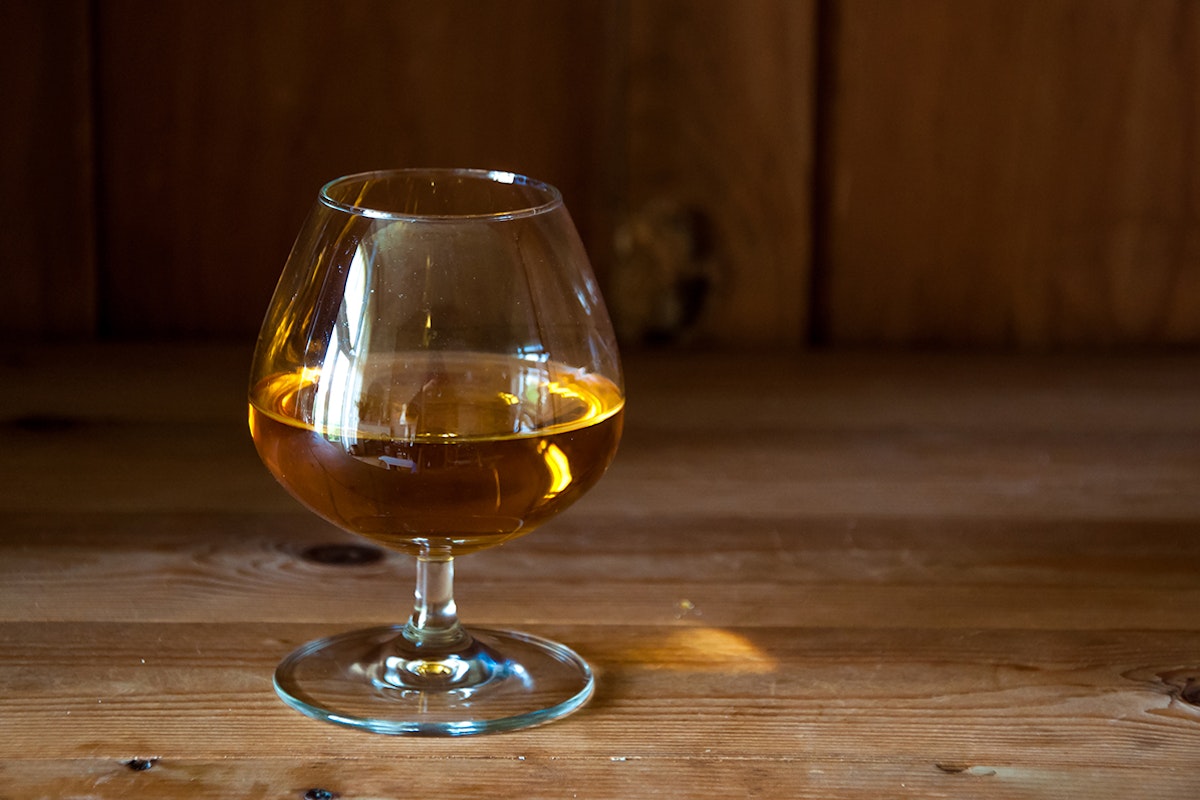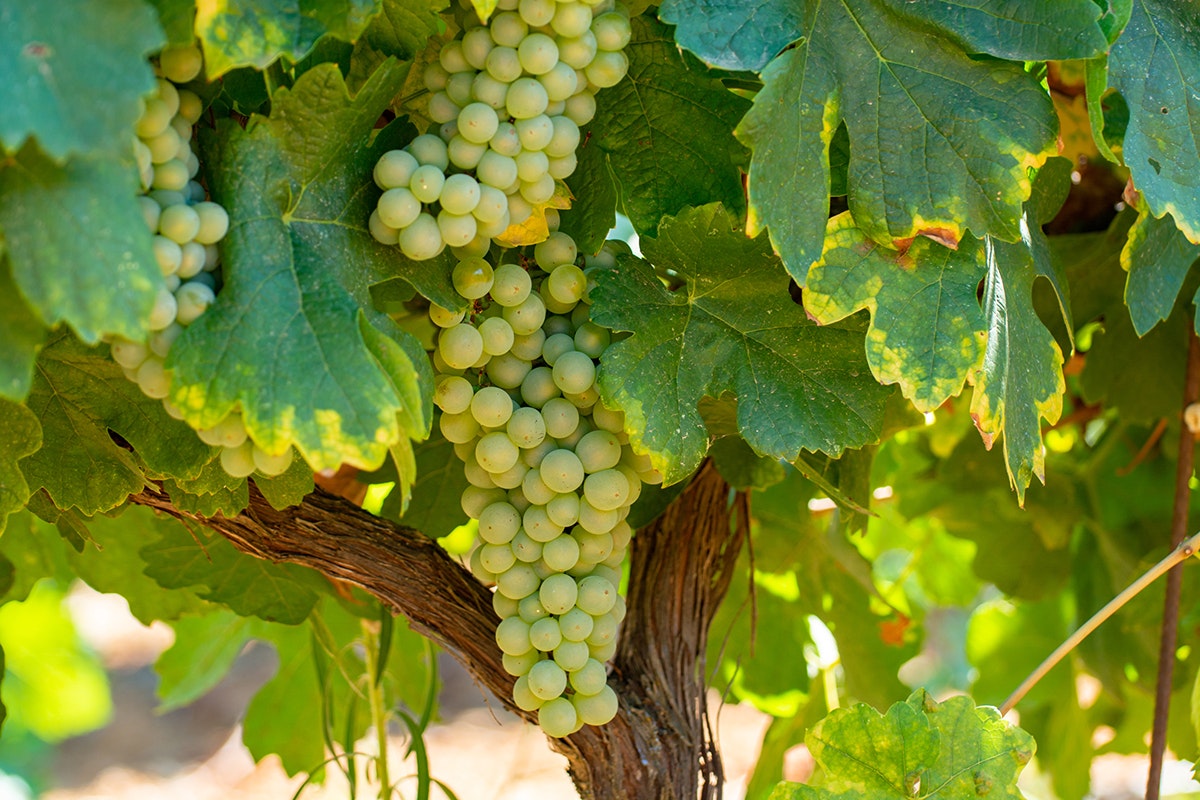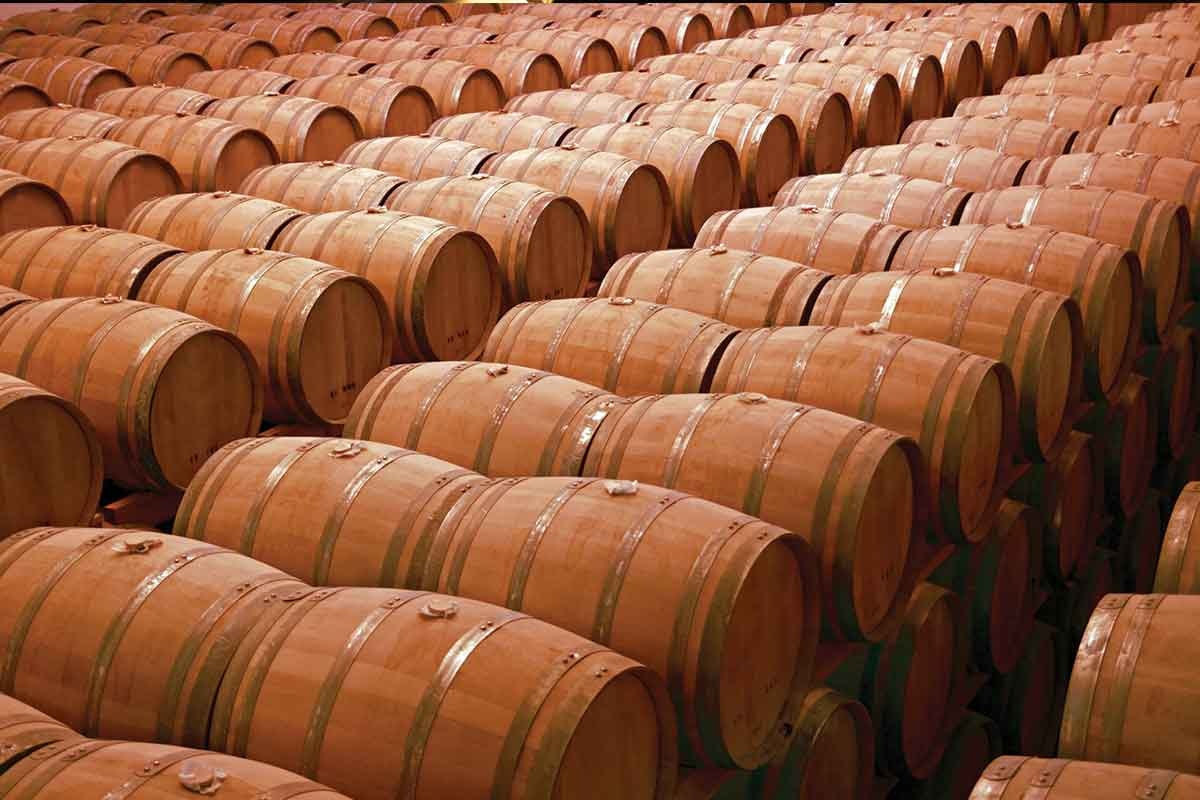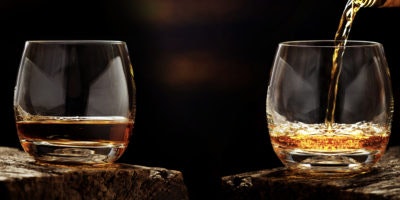Brandy is consumed all over the world. In fact, you might be already be a brandy fan but just don’t know it yet. If you’re looking to learn a little bit about the category, we’ve got you covered.
For starters, you should know that all brandy is made from fruit. It is distilled from fermented fruit juice, more commonly known as wine. When fruit other than grapes is used—apples, plums, cherry, pear, etc.—the type of fruit used is listed on the bottle. Calvados is an exception to this rule—more on this category later.
FRANCE: ALL HAIL THE KING
France is the undisputed king of the hill, the top of the heap in terms of both brandy production and consumption. Cognac is the workhorse, but Armagnac and Calvados are also well-known and beloved brandies. They are all made in delimited regions in France. In addition, each category will have its own set of rules establishing the fruit that is used, the way it is distilled, and aging requirements.
 Brandy
Brandy
Just like Champagne wine or Camembert cheese, Cognac, Armagnac and Calvados brandies are regulated by an AOC or Appellation d’Origine Contrôlée (Controlled Designation of Origin). Where and how these products are made is tightly controlled to ensure quality, consistency and tradition. This covers everything in the production of these brandies from the geography of where the fruit must originate, the length of fermentation, distillation time frames, and the types of wood that are allowed for aging.
Fruit and location, location, location
COGNAC
– Distilled from wine. 98% of all Cognac is made from the ugni blanc grape, but folle blanche and colombard are also used.
– The six regions of Cognac are: Grande Champagne, Petite Champagne, Borderies, Fins Bois, Bons Bois and Bois Ordinaires. If a region is listed on the bottle, the Cognac must be 100% from that region. EXCEPTION: Fine Champagne refers to Cognac made from at least 50% Grande Champagne and the remainder from Petite Champagne.
 Ugni Blanc Grapes
Ugni Blanc Grapes
ARMAGNAC
– Distilled from wine. About 60% of all Armagnac is made from ugni blanc grape, with the grapes folle blanche, colombard and bacco 22A making up the difference.
– The regions of Armagnac are: Bas-Armagnac, Ténarèze and Haut-Armagnac. When the region is listed on a label, this indicates that 100% of the brandy comes from that region.
CALVADOS
– Distilled from cider. 100+ commonly-found apples are used. Apples are classified into bittersweet, bitter, acidic and sweet. In addition, 30 or so types of pears are commonly used. In the case of the appellation of Domfrontais, pears are required.
– The regions of Calvados are Calvados AOC, Calvados Domfrontais AOC and Calvados Pays d’Auge AOC. When the region is listed on the label, this means 100% of the brandy comes from that region.
TURNING WINE INTO BRANDY
There are some producers of all three of these types of brandies which handle all aspects of production. These grower-producers grow their own fruit, make their own wine (or cider), distill their own brandy and age on their own property. However, the vast majority of producers of what you see on the market, particularly in Cognac production, will have contracts with folks from whom they purchase either the wine or distilled eau-de vie or even aged brandy itself.
DISTILLATION PROCESS
– COGNAC: Double-distilled in pot-stills
– ARMAGNAC: Single distilled in column-still (95% made this way, though pot-stills are allowed)
– CALVADOS: The appellations of Calvados and Domfrontais are single distilled in column-stills. Calvados Pays d’Auge is double-distilled in pot-stills.
As you can see, one of the biggest differences between Cognac and Armagnac is how they are distilled. Armagnac uses single-column distillation vs. double pot-still distillation for Cognac. You may think that Armagnac would be much lighter and more vodka-like as opposed to Cognac. However, the column-still used here is very small (and often is a roving still taken from family to family to distill their wine). Armagnac is only distilled to between 52-60% compared to 70% for Cognac. Armagnac is more robust as a whole and typically takes longer in barrel to achieve its sweet spot.
AGE
All three types of brandies must be aged for a minimum of two years (EXCEPTION: Blanche Armagnac which is an unaged Armagnac was officially approved by the AOC in 2005). New oak is used for short periods of time, often at the beginning stages of aging as the tannins in new wood are quite strong.
 Aging Barrels
Aging Barrels
You will often see terms such as VS, VSOP and Hors d’ age listed on the label. Each brandy category has a slightly different aging definitions for these terms (you didn’t think it was going to be that easy, did you?). For example VSOP in Cognac production means 4 year minimum aging, and in Armagnac that requirement is 5 years. These listings are not required, but if listed, it is guaranteed to be a certain number of years old.
If an age statement is declared (i.e. 12 Year, 18 Year, etc.) the number will refer to the age of the youngest brandy in the bottle. If vintage-dated, it is important (but not always listed) to find the date of bottling in addition to the vintage date. This will help to ascertain the age of the brandy.
OTHER TYPES OF BRANDY
Pisco:
Brandy distilled from grapes and produced in either Peru or Chile. In Peru, there are 8 allowable grapes used which fall into the non-aromatic and aromatic types. In Chile, there are three, with Moscatel being the predominant varietal used there.
Peruvian Pisco is distilled only once in a pot-still and no wood aging is allowed. Peruvian pisco cannot have any alterations including dilution. Chilean pisco can be distilled multiple times, can be diluted prior to bottling, and can be aged in wood.
Spanish brandy:
Brandy distilled in Spain, with Brandy de Jerez being the most common type. Brandy de Jerez is typically produced from the Airén grape from the La Mancha region and can be either column-distilled or pot-distilled.
Must be aged in the Jerez region, though typically distilled elsewhere. It must be aged in oak that has previously held sherry wine and is usually aged in a Solera system.
American Brandies:
Produced in the US, this is usually referring to brandy distilled from grape-based wine. If the producer uses other fruit, it must be stated on the label. If aged under two years in oak, it must state the word “immature” on the label.
Beyond that, labels such as VS, VSOP, and XO mean little as the brands themselves dictate what that means to them. In years past, American Brandy was referring to mass-produced, inexpensive brandy, but over the past decade, and now more than ever, there are small, quality producers to seek out.
With Distiller, you’ll always know what’s in the bottle before you spend a cent. Rate, Review and Discover spirits! Head on over to Distiller, or download the app for iOS and Android today!


